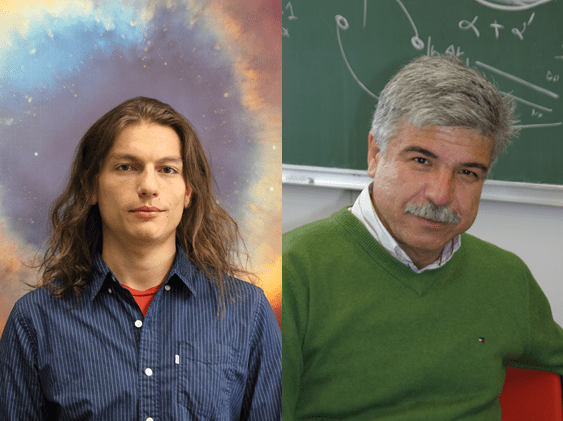by Sebastian Völkel and Kostas Kokkotas
A journey from ultra compact objects to quasi-normal modes and back
Never before has gravitational wave research been more promising and attractive than nowadays. With the repeated detection of gravitational waves from binary black hole mergers by LIGO [1–3], not only the long-standing pursue for one of Einstein’s most challenging predictions was confirmed, but also a milestone for many future applications reaching from fundamental physics to astronomy was set. One of the many applications that could follow is addressed in our new CQG paper [4] and shall be broadly presented within a more general introduction to some recent developments in the following lines.

About the Authors (Left to right): Sebastian Völkel is a first-year PhD student in the Theoretical Astrophysics group of Professor Kostas Kokkotas at the University of Tübingen, located in the south of Germany. Among his research interests is the study of compact objects along with their gravitational wave properties. Professor Kostas Kokkotas is leading the group of Theoretical Astrophysics at the University of Tübingen. The focus of his research is on the dynamics of compact objects (neutron stars & black-holes), gravitational waves and alternative theories of gravity. More information about the group can be found here.

You must be logged in to post a comment.